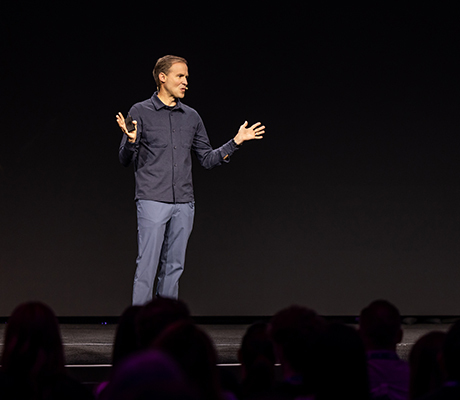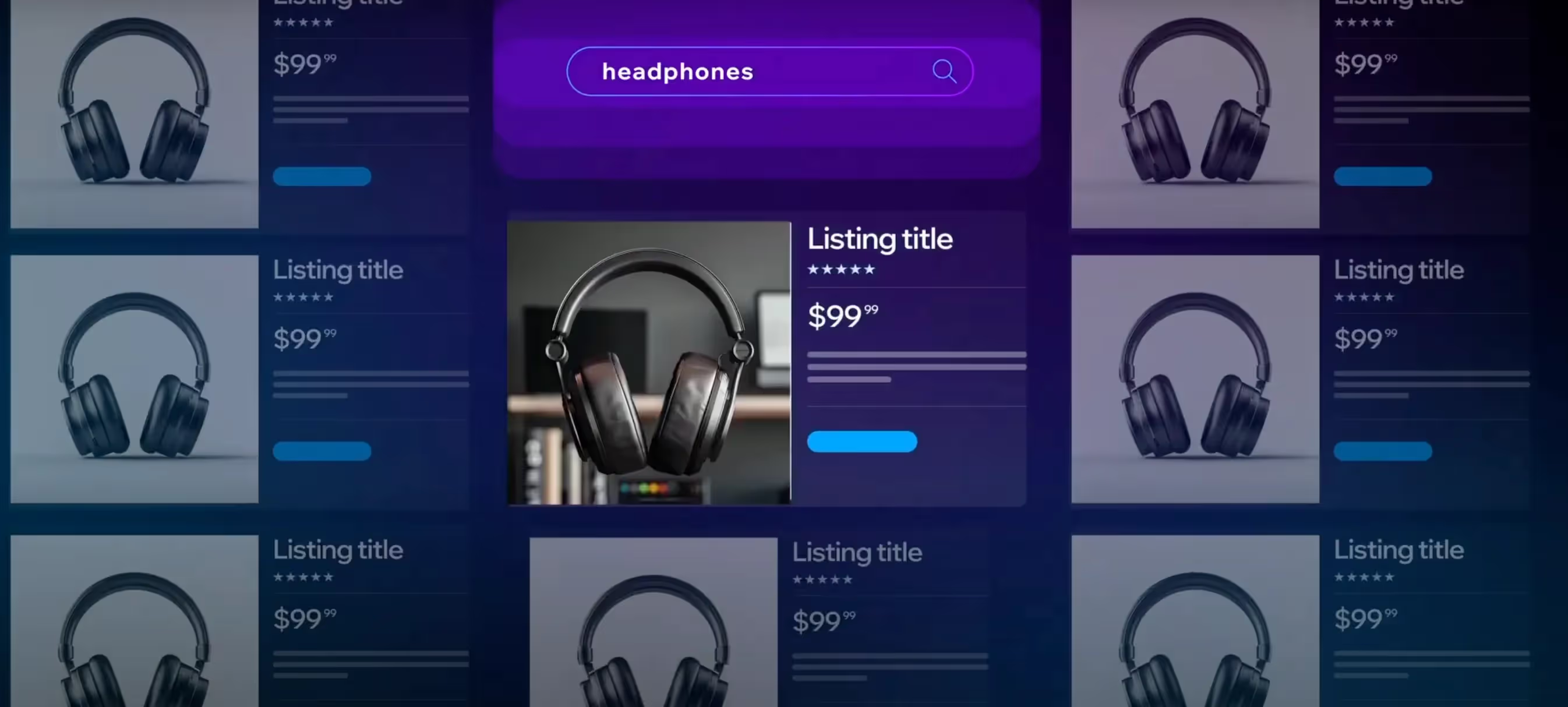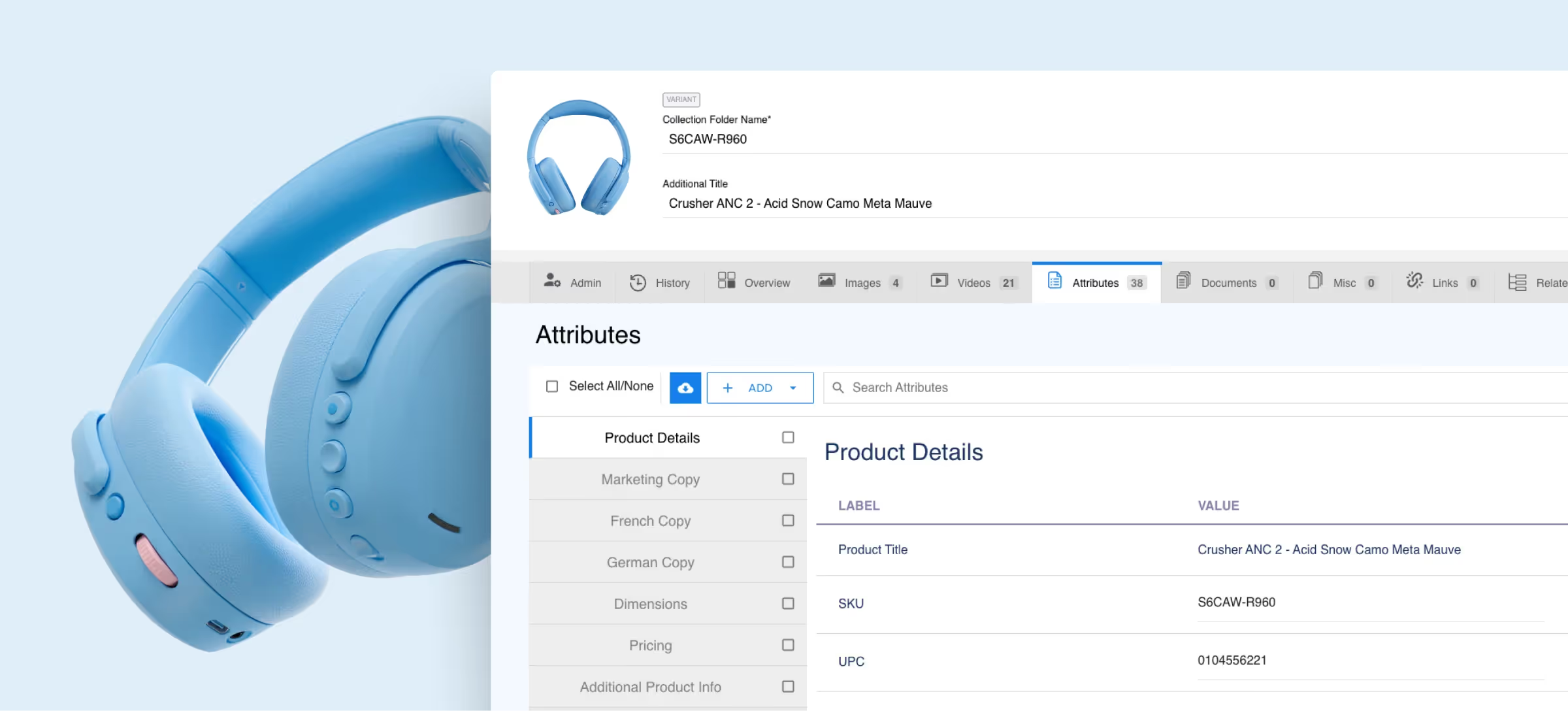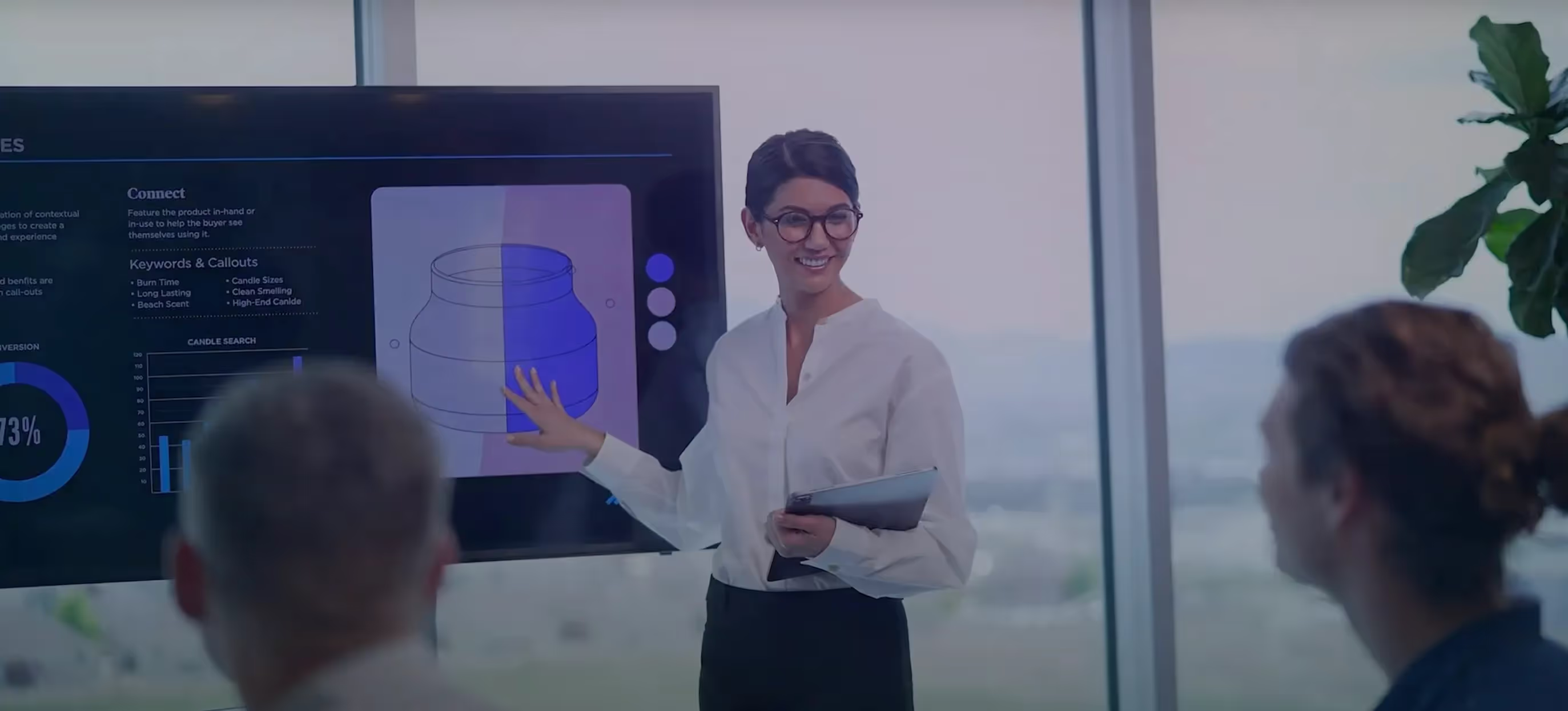What Is Kitting? A Complete Guide to Inventory Kitting
Successful ecommerce and omnichannel businesses use kitting as an inventory management technique to increase average order value, optimize inventory management, and boost efficiency. Read on to learn the essentials of kitting — what it is, how to do it, and ways your business can benefit from it.
What Is Kitting?
Kitting, a common inventory management technique in ecommerce and omnichannel businesses, is the process of combining multiple finished products into a single unit — a “kit” — ready for use or shipment.
Rather than just combining random products or raw materials, kitting combines related products that help the consumer complete a task or achieve a goal. For example, in electronics manufacturing, a single kit can include resistors, capacitors, and IC chips, enabling the buyer to build a circuit board. Clothing boxes, meal kits, and book boxes are other examples of kitting.
The key elements of kitting include:
- Grouping multiple components for assembly or order.
- Packing all those components as a single unit with its own SKU.
- All components work together to complete a specific task or fulfill a customer order.
What Are the Differences Between Kitting, Bundling, and Assembling?
While these phrases are often used interchangeably, they don’t mean the same thing. Let’s break down the differences:
Bundling
Bundling is a strategy businesses use to combine multiple individual products and sell them together as a package — often discounted. Unlike kits, in which related products are combined to help the buyer complete a specific process, bundles combine unrelated products that aren’t meant to be assembled. For example, a gift basket containing wine, chocolate, and a candle sold as one product is a bundle.
Assembly
This is the process of combining multiple components of an unmade product in a finished or semi-finished product — for example, the different pieces of a pre-assembled bookshelf in a single package. Assembly is an act of production that turns individual parts into a single working unit.
Kitting vs Bundling vs Assembly
While kitting is a manufacturing, warehousing, and order fulfillment process, bundling is a marketing strategy. Kits often include components to be assembled, while bundling does not, and assembly is the production activity of combining components (not finished products) into a single unit.
Why Is Inventory Kitting Important?
Inventory kitting is a powerful strategy for optimizing inventory control, streamlining internal operations, and providing value for your customers. With a consumer base that is way less forgiving now than ever before, brands that can deliver high-quality products consistently — without incurring additional costs — are more likely to win.
For instance, inventory kitting allows you to both streamline packing and picking and improve order accuracy. With pre-assembled kits, warehouse workers can reduce the number of picking actions during order fulfillment, as they choose a single kit instead of multiple SKUs. Inventory kitting also reduces the risk of picking the wrong components and ensures customers receive the correct combo of products every time. This makes your customers happy while minimizing the time and labor required for order processing.
Plus, there’s the included benefit of optimizing inventory control and supporting lean inventory practices. Kitting helps provide better visibility into component usage and enables accurate forecasting of parts consumption and demand. Stockouts cost nearly $1 trillion annually, but inventory kitting helps manage inventory levels by identifying fast- or slow-moving kit components. It also encourages just-in-time strategies and reduces excess stock and inventory holding costs.
Inventory kitting provides practical and strategic advantages to retail and ecommerce businesses that help them optimize inventory management and workflows.
What Are the Benefits of Kitting?
Reduced labor and operational costs
Kitting allows ecommerce and omnichannel businesses to improve the efficiency of their internal processes and recoup costs of inefficient operations. Kitting requires fewer picking steps and can be done in batches. Instead of finding multiple items, warehouse employees only need to pick one kit to prepare for fulfillment. This requires employees to spend less time picking and packing, optimizing labor utilization and reducing overtime costs.
Improved warehouse efficiency
Because kitting consolidates multiple SKUs into a single inventory unit, it reduces the need to store individual SKUs in high-traffic picking zones — all while simplifying inventory tracking and bin management. As kits reduce the number of pick transactions, warehouse workers become more efficient and warehouse aisles become less congested.
Faster shipping and fulfillment
In an age of overnight shipping and free returns, customers expect expediency and accuracy. Since kits are pre-grouped, orders containing kits can be packed and shipped faster and more accurately, reducing customer complaints and keeping orders on schedule. Additionally, orders for similar kits can be fulfilled in batches, allowing businesses to speed up throughput.
Increased sales and customer satisfaction
Kitting helps teams move slower inventory faster and provide additional value to customers. Kits make it easier to market product bundles, increasing the average order value of most units and simplifying decision-making for customers. Also, since kits are pre-assembled, customers consistently receive a standardized package with complete items.
What Are the Types of Kitting in Inventory Management?
Warehouse kitting
Warehouse kitting is the process of grouping and packaging individual products into a kit at the warehouse or distribution center — before the kit is shipped or delivered. For example, grouping notebooks, lined paper, pens and pencils for a back-to-school kit at the warehouse before shipping to the end customer is warehouse kitting. This technique reduces picking time, packing errors, and order fulfillment speed.
Manufacturing kitting
Manufacturing kitting takes place before production begins, grouping together all parts required for a specific bill of materials (BOM) before delivering it to the production floor. One example of manufacturing kitting is pre-kitting the parts for circuit board assembly in automotive, aerospace, and electronics manufacturing. This type of kitting helps streamline production flow, reduces downtime, and decreases material handling errors.
Subscription box kitting
Subscription boxes have grown exceptionally popular over the last few years, becoming a viable business model for many ecommerce and retail companies. Subscription box kitting essentially compiles multiple handpicked or algorithmically selected products into a curated, branded package that’s regularly delivered to subscribers — e.g. beauty boxes, meal kits, and hobby boxes. Subscription kitting helps teams enhance customer experience through personalization, builds brand loyalty, and encourages cross-selling of multiple products.
On-demand kitting
Unlike other techniques that pre-assemble and store kits, on-demand kitting is the practice of creating kits in real time after the business has received the order. Ecommerce companies with highly customizable or low-volume kit combinations can use this technique to reduce inventory holding costs, maximize flexibility and product variation.
Step-by-Step Kitting Process
Here’s a breakdown of the kitting process.
1. Determine kit contents
First, identify which specific products will make up each kit. This is often determined by the bill of materials, customer orders, or promotional bundles. It’s important to maintain accuracy at this stage, as it ensures fulfillment efficiency and product consistency.
2. Create new SKUs
Most kits include finished products that have their own SKU. When combining these individual products into a single unit, assign a unique SKU to each kit so you can track it as a single inventory item. That way, you can enable simplified inventory control, more accurate forecasting, and seamless integration with warehouse management systems (WMS) or ERP platforms.
3. Assemble kits
After the unique SKU has been assigned, collect and package individual products into a single, complete unit. Kit assembly can be done manually or through automation and can happen either in advance (pre-kitting) or as orders come in (on-demand kitting).
4. Organize inventory
Be sure to store assembled kits in designated and clearly labeled locations within the warehouse. By doing this, you reduce picking time, prevent misplacement, and ensure quick access during order fulfillment. Ultimately, organizing your inventory improves warehouse efficiency and inventory accuracy.
5. Ship and manage kits
When a customer places an order, warehouse workers pick, pack, and ship the kit as a single item. During this time, inventory and sales systems track the kit SKU and update component stock levels, which helps maintain supply chain accuracy.
Final Thoughts: Maximize Efficiency with Kitting
By combining individual products into a single kit, kitting simplifies inventory and stock controls, delights customers, and empowers a more profitable business. As one of the most effective ways to prevent overstocking and stockouts, kitting helps ecommerce companies like yours gain a competitive advantage, improving both internal efficiency and external brand experience.
Inventory Fulfillment with Pattern
Ready to make inventory control and order fulfillment a competitive advantage? Pattern provides the whole kit and caboodle, helping ecommerce and omnichannel businesses deliver consistent, high-quality customer experiences while effectively managing stock levels.

Frequently Asked Questions
Is kitting suitable for all businesses?
While kitting is ideal for businesses that sell multiple related products together frequently, it may not be beneficial for businesses with highly customized or single-item sales.
Can kitting help reduce returns?
Yes, by ensuring accurate picking and shipping, kitting can help reduce errors and returns, enhancing overall customer satisfaction and operational efficiency.
Does kitting require specialized equipment?
Typically, kitting requires no specialized equipment beyond standard warehouse supplies. However, software integration can help enhance kitting efficiency.
How often should inventory kits be reviewed?
While there’s no set amount of time, it’s best practice to review inventory kits quarterly or semi-annually to ensure accuracy, efficiency, and alignment with customer demand trends.
What industries benefit most from kitting?
Ecommerce, manufacturing, automotive, electronics, and subscription-based businesses experience significant efficiency and profitability gains from kitting.

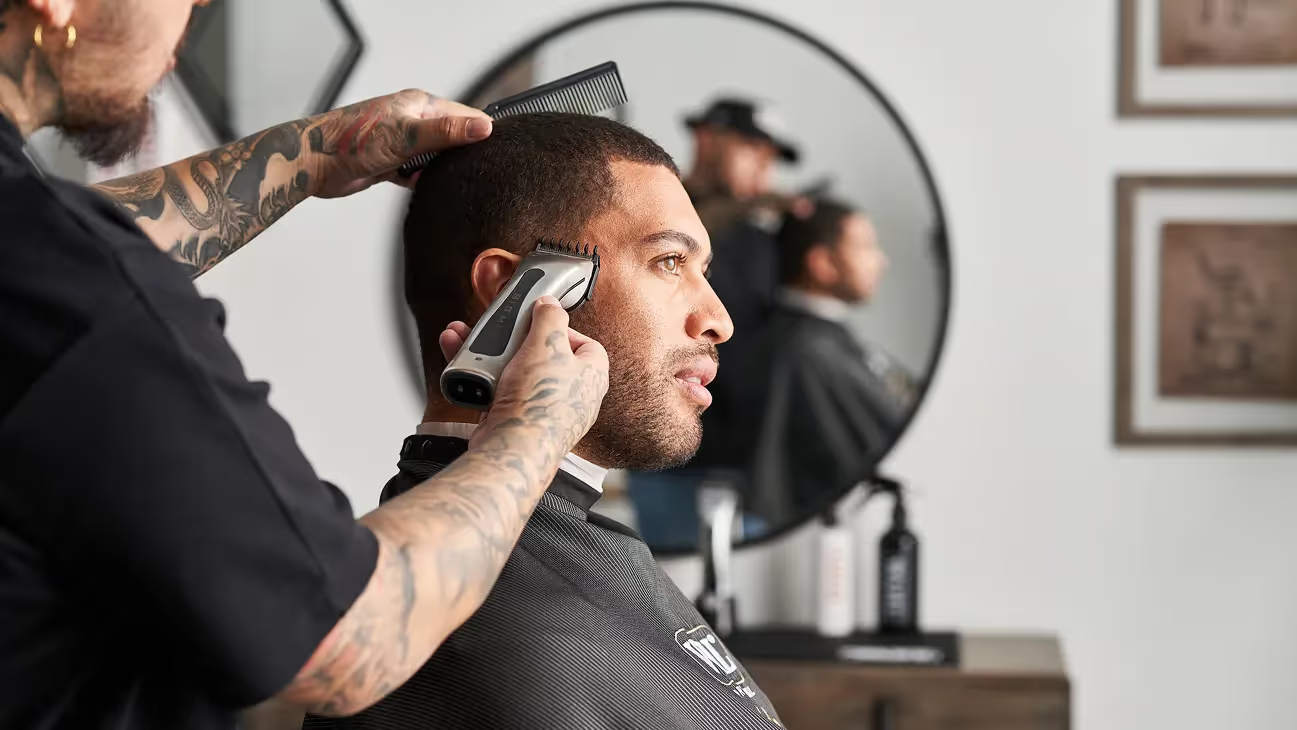
.jpg)


